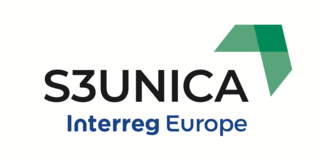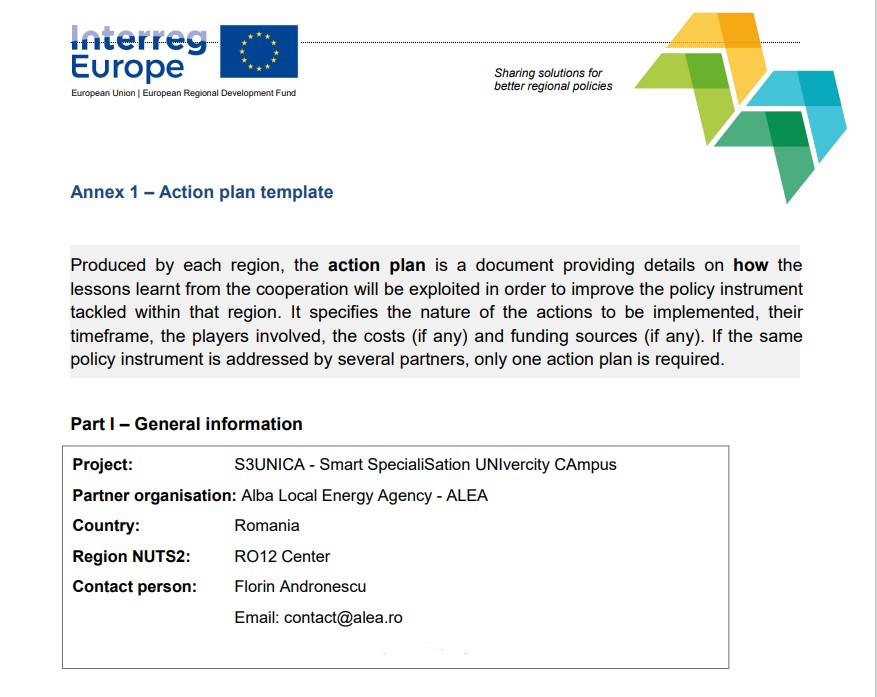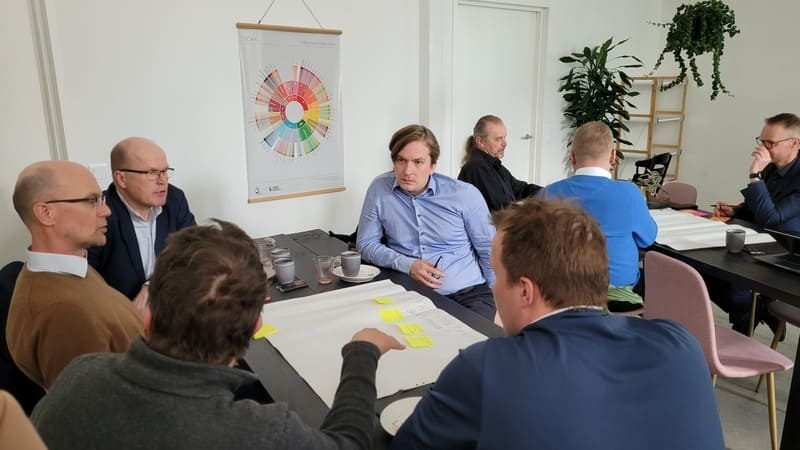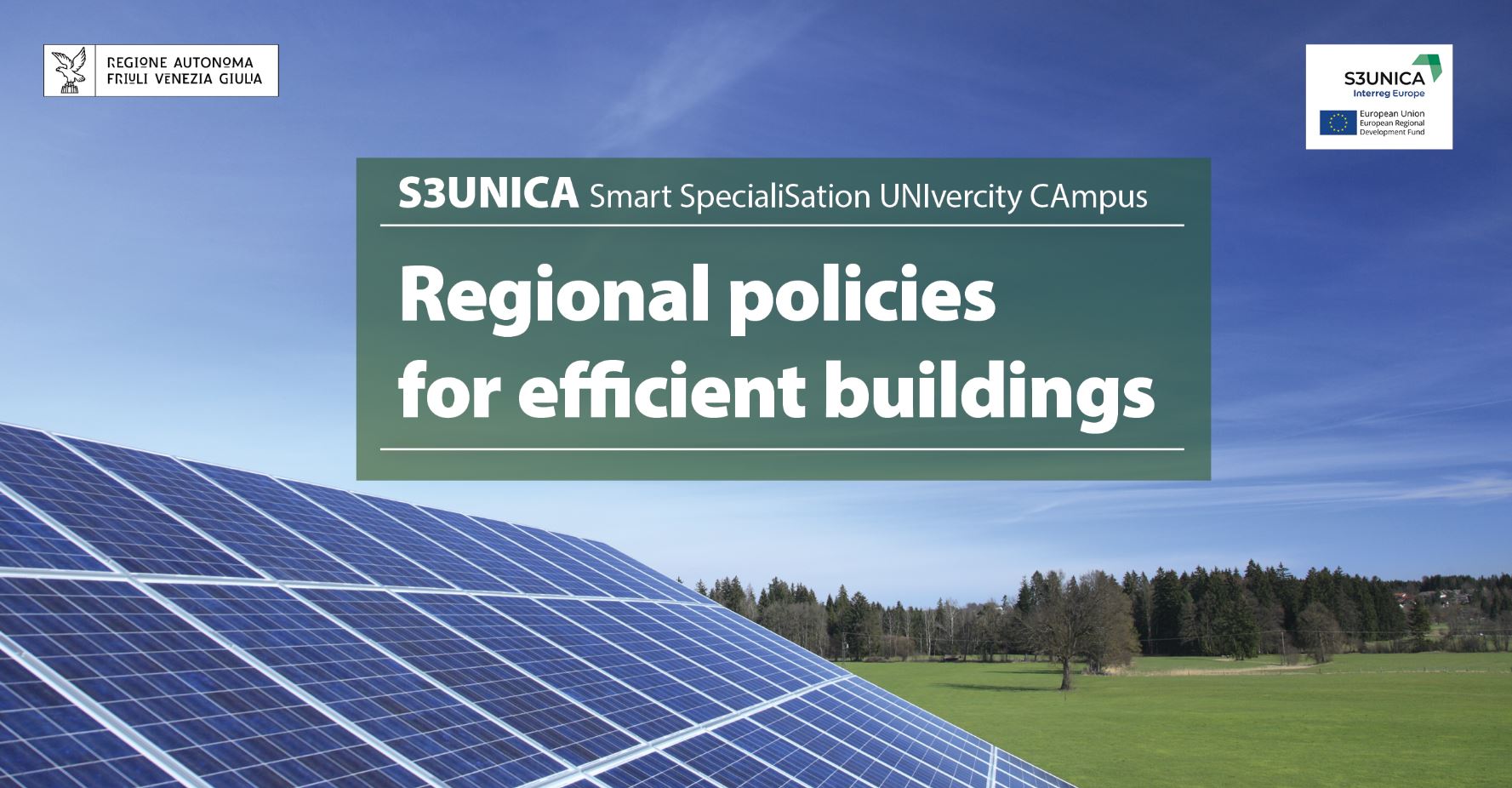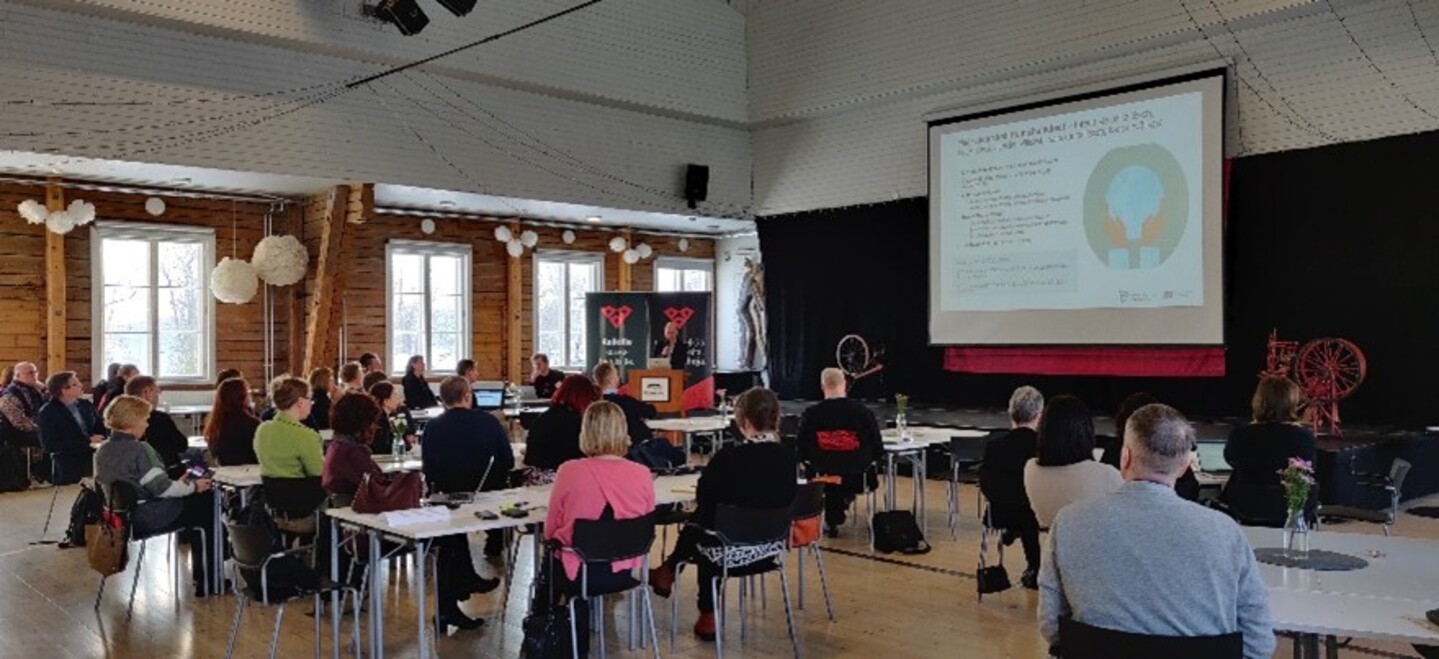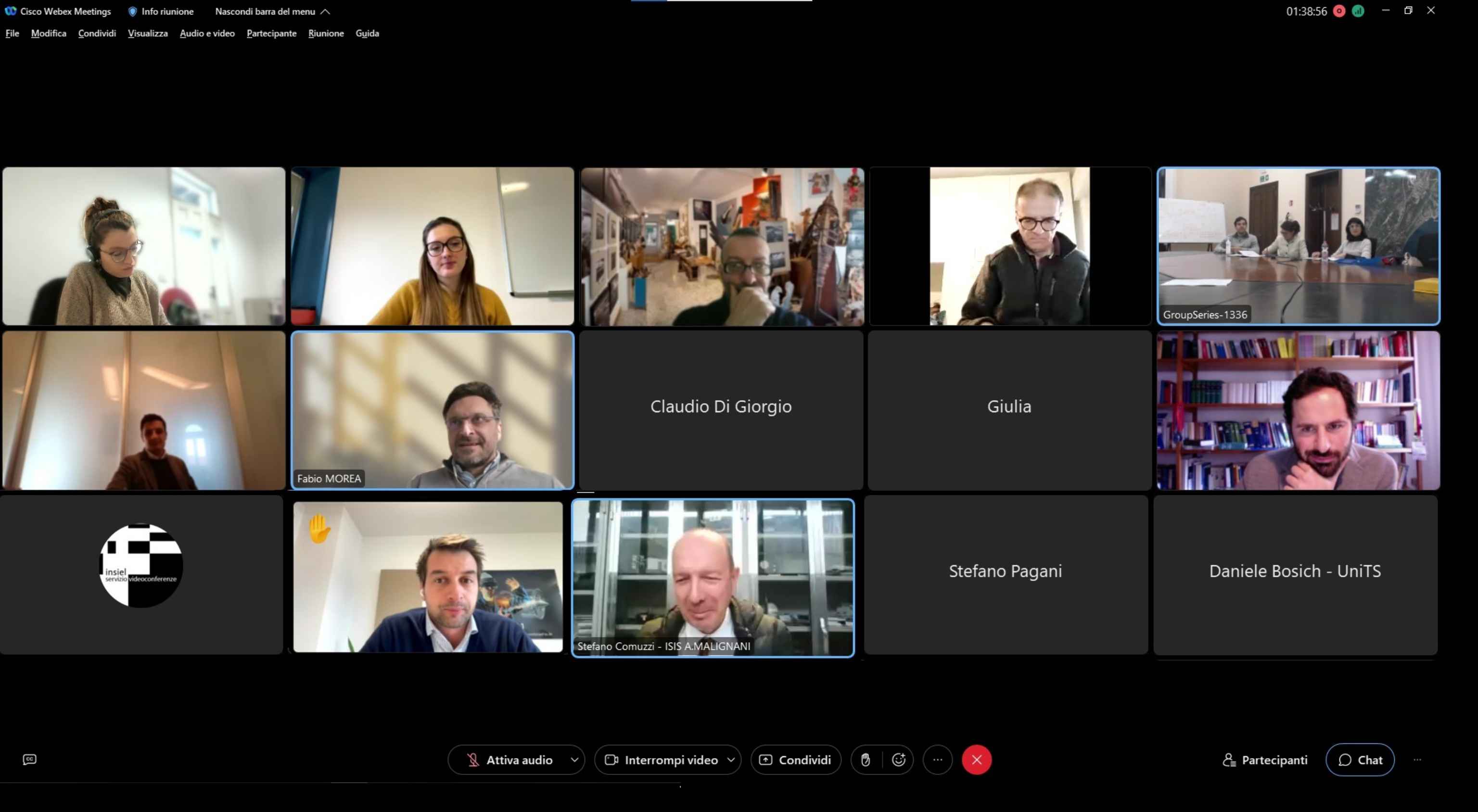With more than 20 participants from different regional realities, the first meeting of the Interdirectional Table of Experts in Public-Private Partnership (PPP) was held last 25 October.
The meeting consisted mainly of two parts:
- presentation of the RAFVG Action Plan and Guidelines
- comments, questions, and feedback from the participants
After the welcome greetings and a brief illustration of the S3UNICA project and the opening of Phase 2 of the project, the Autonomous Region of Friuli Venezia Giulia, the S3UNICA project Lead Partner, illustrated the Region's Action Plan, explaining both its "history" (from the birth of the idea to its concretisation in the PA) and its implementation in the months to come, in terms of the two major actions that make up the Action Plan, namely:
- three meetings of the interdepartmental round table of experts on PPPs
- the writing and presentation to the regional council of Guidelines, a reference tool for public administrations and private entities, involved in the activities of making public buildings more efficient, capable of disseminating the use of innovative tools to overcome the difficulties faced by both public and private entities in energy efficiency projects, in particular concerning finding financing and regulatory complexity.
The whole Action Plan is available here.
Then, the University of Udine, that played a leading role in the writing of the Guidelines, took the floor, and explained the drafting of the document and its connection with the Regional Energy Plan (REP) as a measure to enable and facilitate the achievement of energy efficiency goals, and then describing the utility of these kind of partnerships.
The document is divided into several sections:
- what a PPP is and what it enables
- the three main PPP types, that is, the concession, project finance and energy performance contract.
- the awarding procedures, distinguishing the easier ones from the more complex and innovative ones.
Then, the RAFVG opened the discussion with all participants on the first draft of the Guidelines and how to implement them to create a local public-private partnership.
One of the most important suggestions gathered during the meeting concerned the "nature" of the Guidelines and the need to enter more into the practical side of the PPP, for instance following the example of the CONSIP and what has already been in Lombardy: the FVGAR could be invested a single central purchasing body and giving it the task of following and supporting the partnerships in structure and control.
Another topic of discussion concerned the need to develop technical expertise within municipalities, which often desist from initiating specific interventions because they are considered too complex in legal, bureaucratic and technical terms.
A very useful and interesting input was given by the Engineer Comuzzi from the ISIS Arturo Malignani, who presented some projects and works developed by the ISIS Malignani itself on energy efficiency (e.g. "Green Arturo 2k17") , also intending to exploit the institute's 3,000/3,500 people and considerable surfaces. A feasibility study was carried out in 2017, which showed that the Malignani could be self-sufficient from an energy point of view.
Another point of discussion and comparison was the birth and development of energy communities, the projects that have arisen in this context, the realities involved, and the potential of this instrument.
Following this, the participants touched upon the Smart and Sustainable Specialisation Strategy (S4) as an enabling condition for innovation, research interventions, and funding under the ROP ERDF in its constituent components.
The meeting ended with satisfaction from all participants, who will meet again on 25 January to discuss the new draft of the guidelines created following the experts' additions.
